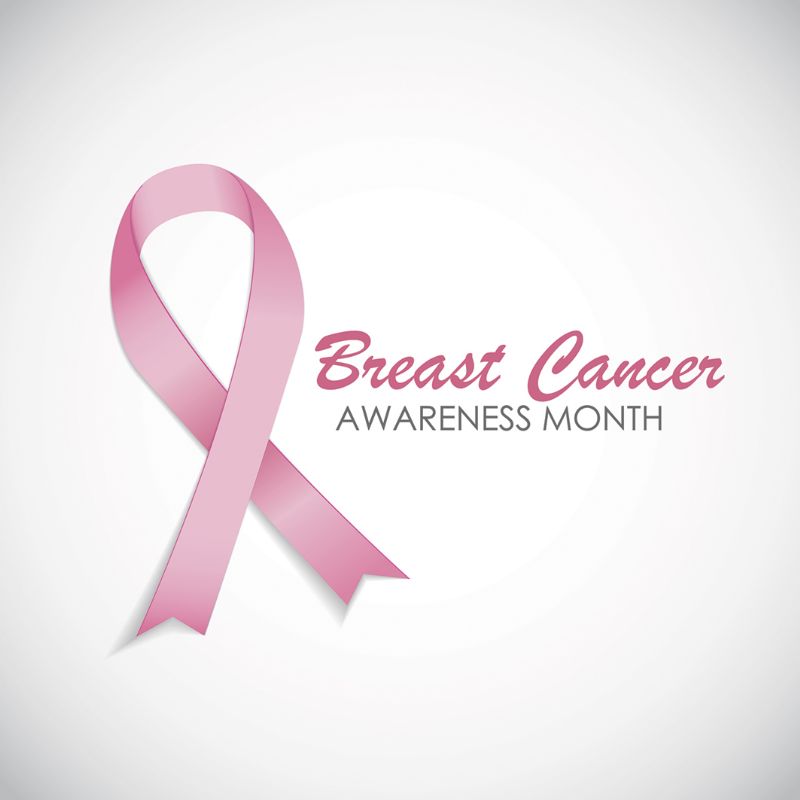- Home
- News, Articles & Reviews
- All Health & Beauty
- Looking Good, Feeling Great
- Medical Health
- Mirror Mirror on the Wall
- Style & Fashion
- General
- Vintage & Sustainable Fashion
We are hiring! Please click here to join our growing magazine delivery team in Gloucestershire!
Areas
Health & Beauty
Archive

Breast Cancer Awareness
All Areas > Health & Beauty > Medical Health
Author: Holly Hannigan, Posted: Thursday, 26th September 2019, 09:00
Every year, October marks Breast Cancer Awareness Month – a worldwide campaign to highlight the importance of breast awareness, education and research.
As a woman I am very aware of breast cancer and the importance of checking my breasts for any unusual lumps or bumps. Yet men are also at risk of this form of cancer and this is often overlooked.
Breast cancer is often divided into two categories:
• Non-invasive breast cancer (carcinoma in situ) – found in the ducts of the breast (ductal carcinoma in situ, DCIS) and hasn’t developed the ability to spread outside the breast. It is usually found during a mammogram and rarely shows as a breast lump.
• Invasive breast cancer – usually develops in the cells that line the breast ducts (invasive ductal breast cancer) and is the most common type of breast cancer. It can spread outside the breast, although this doesn’t necessarily mean it has spread.
Early detection
If cancer is detected at an early stage, it can be treated before it spreads to nearby parts of the body. Breast cancer is treated using a combination of:
• Surgery
• Chemotherapy
• Radiotherapy
Checking your breasts, including your armpit area, regularly is the best way to detect any changes early and get them checked out by your GP. Getting into a habit such as checking them before bed or in the shower will help.
Symptoms to look out for are:
• A lump or swelling in the breast, upper chest or armpit. You might feel the lump, but not see it.
• Changes in the size or shape of the breast.
• A change in skin texture – i.e. puckering or dimpling of the skin.
• A change in the colour of the breast – the breast may look red or inflamed.
• Rash, crusting or changes to the nipple.
• Any unusual discharge from either nipple.
Not all changes or lumps are cancer, and cysts are a common occurrence for some people, so try not to be alarmed if you notice anything unusual. Just make sure you get it checked out by a GP as soon as possible.
Treatment
A GP will examine your breasts and they may refer you to a specialist breast cancer clinic for further tests. Mammographic screening, where X-ray images of the breast are taken, is the most commonly available method of detecting an early breast lesion. Biopsies are another commonly used method of detecting this type of cancer.
As the risk of breast cancer increases with age, all women who are 50 to 70 years old are invited for breast cancer screening every three years. Other increased risk factors are:
• A family history of breast cancer
• A previous diagnosis of breast cancer
• A previous benign breast lump
• Being tall, overweight or obese
• Drinking alcohol
Being aware of the symptoms, risk factors and regular checking is the best form of prevention.Copyright © 2025 The Local Answer Limited.
Unauthorized use and/or duplication of this material without express and written permission from this site's author and/or owner is strictly prohibited. Excerpts and links may be used, provided that full and clear credit is given to The Local Answer Limited and thelocalanswer.co.uk with appropriate and specific direction to the original content.More articles you may be interested in...


© 2025 The Local Answer Limited - Registered in England and Wales - Company No. 06929408
Unit H, Churchill Industrial Estate, Churchill Road, Leckhampton, Cheltenham, GL53 7EG - VAT Registration No. 975613000You are leaving the TLA website...
You are now leaving the TLA website and are going to a website that is not operated by us. The Local Answer are not responsible for the content or availability of linked sites, and cannot accept liability if the linked site has been compromised and contains unsuitable images or other content. If you wish to proceed, please click the "Continue" button below:




